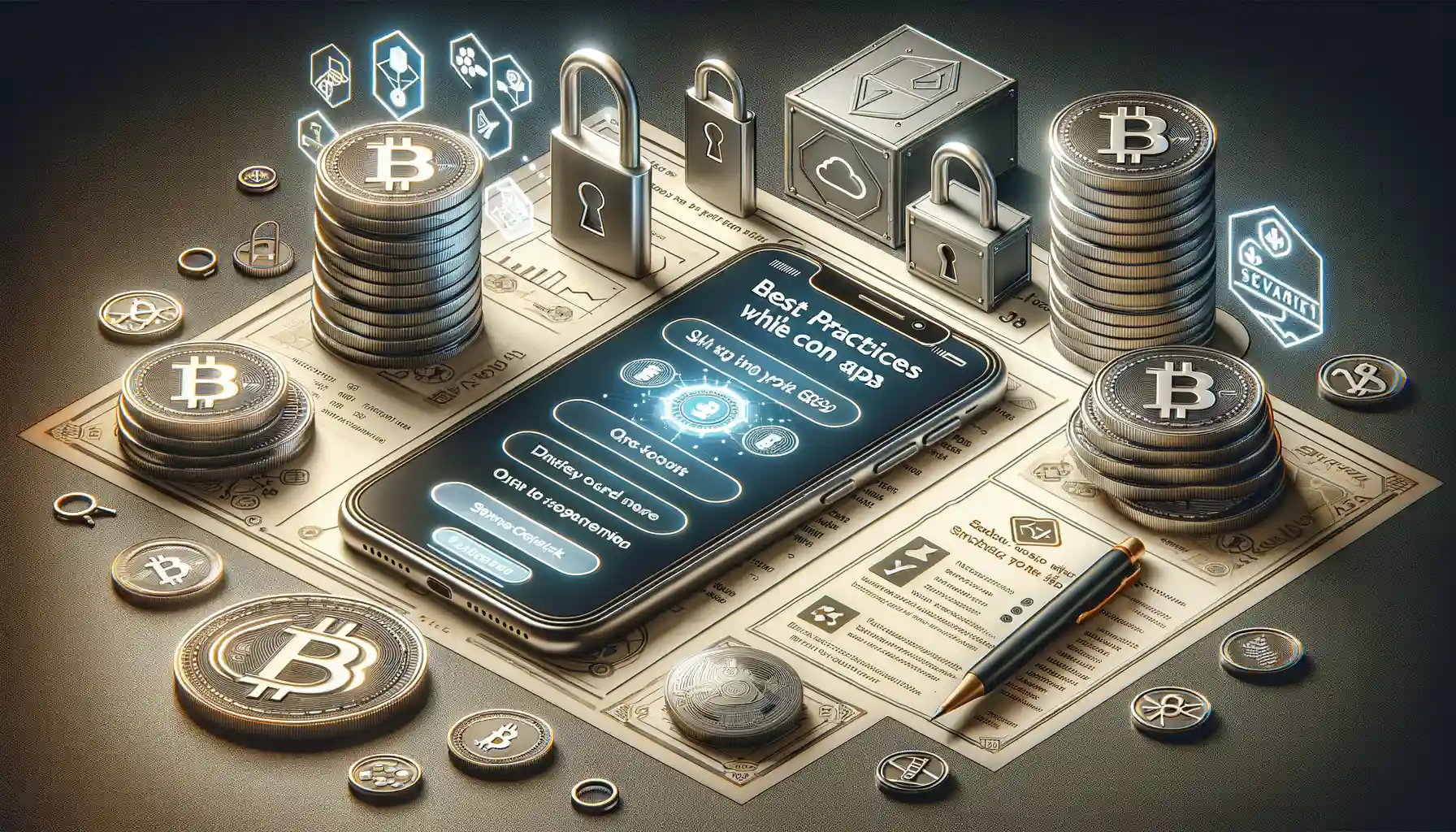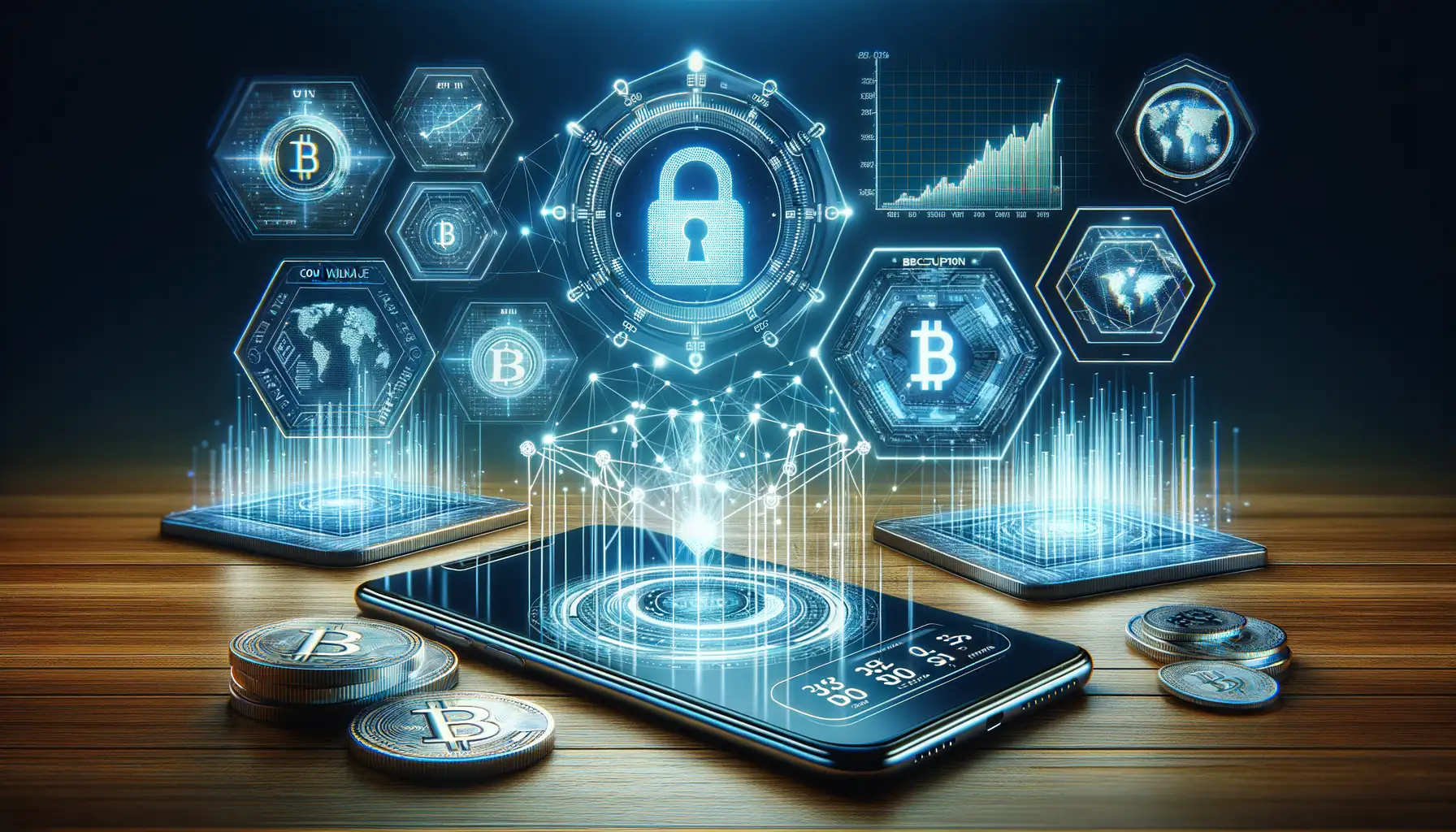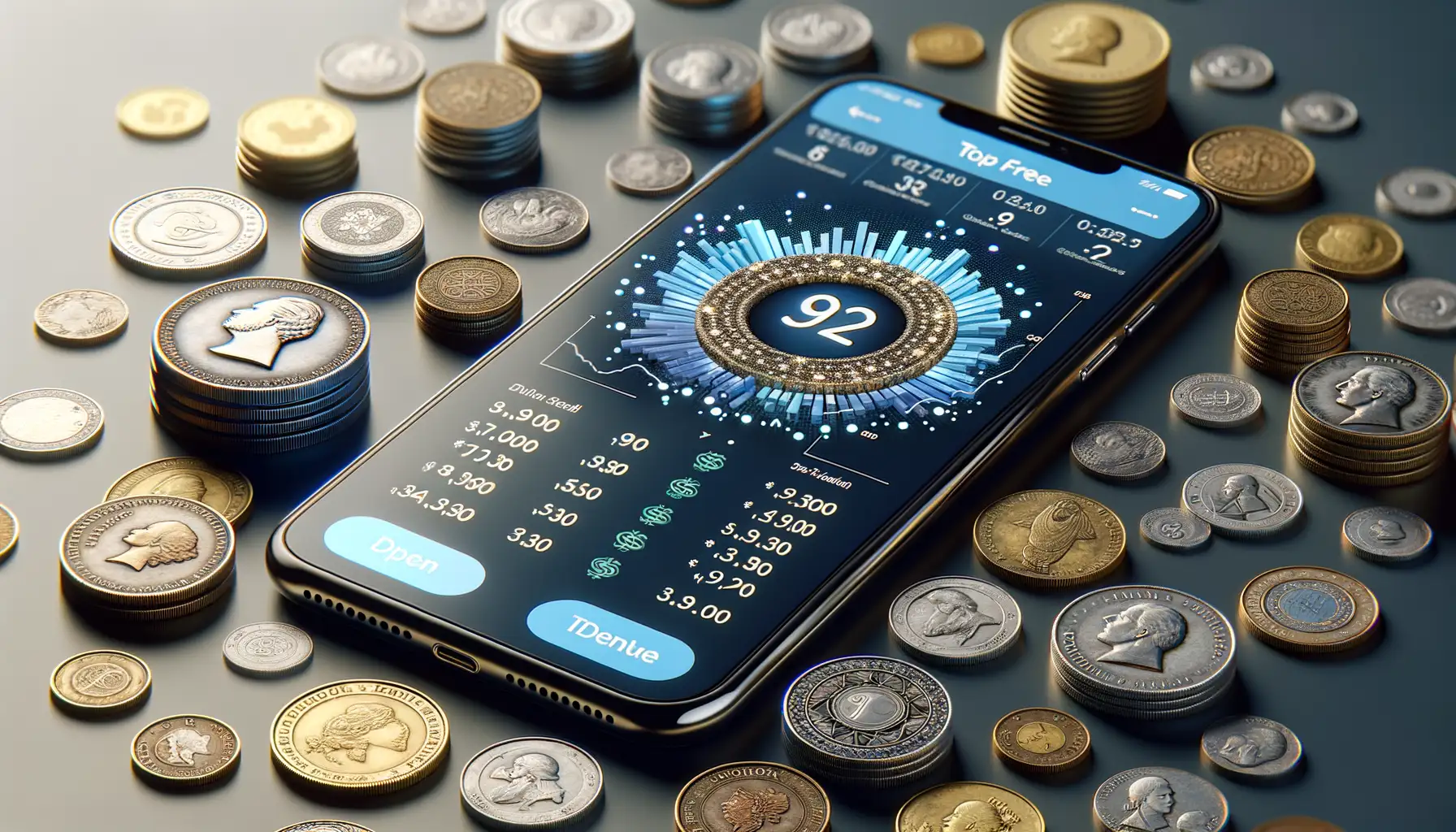Understanding the Role of Mobile Apps in Coin Valuation
The Magic Behind Mobile Apps and Coin Value Insights
Ever feel like evaluating coin values is like trying to read a treasure map written in riddles? That’s where mobile apps swoop in like a trusty companion. These digital tools don’t just simplify the process—they revolutionize it, making coin valuation accessible, accurate, and strangely addictive (in the best way!).
Mobile apps are designed to bridge the gap between collectors, investors, and data, offering key features tailored to your needs:
- Real-time market updates that keep you ahead of the game—no more relying on outdated catalogs.
- Scanner integration for instant identification—snap a photo and voilà, you have specs, rarity, and value at your fingertips.
- Community forums and insights built-in, so you can swap tips or brag about your latest find.
But here’s the real kicker: modern apps harness technologies like AI and detailed historical databases. It’s like having a seasoned numismatist in your pocket, one who never misplaces their magnifying glass. Whether you’re eyeing an ancient coin at auction or tracking modern bullion prices, mobile apps provide the tools to transform guesswork into precision.
Wouldn’t it be wonderful if everything in life had this much clarity?
Key Security Concerns When Using Mobile Apps for Coin Tracking
![]()
When Convenience Meets Potential Risks
Imagine this scenario: you’re scrolling through your favorite coin tracking app, watching your collection’s value tick upward like a stock market for treasures. It’s thrilling, right? But behind the slick design and real-time updates, there might be some lurking shadows. Mobile apps, after all, often serve as digital vaults for highly sensitive data—your collection details, transaction histories, or even personal IDs. Would you leave your physical coin collection out on your front porch? Of course not! Using mobile apps without considering security is just as risky.
Here’s what should set off alarm bells:
- Data breaches: Unauthorized access to your private information could expose your identity or financial details.
- Weak encryption: Without strong security protocols, your data could be intercepted by cybercriminals.
- Suspicious permissions: Why does your coin tracker need access to your microphone or location? Always question over-the-top app requests.
Are You Unknowingly Leaving Footprints?
Mobile apps are magnets for information collection. Sure, they make tracking seamless, but some apps quietly harvest your data for purposes unrelated to coins—selling it, using it in ads, or worse. For instance, have you noticed how some free apps bombard you with oddly specific ads? That’s no coincidence. Your activity becomes part of their profit model.
Take note of whether the app stores sensitive data locally on your device or in cloud servers. Why does this matter? Local storage feels like locking your valuables at home, while cloud storage is like trusting your neighbor’s safe—it all depends on the trustworthiness of the “neighbor.”
How to Evaluate the Security of a Coin Value App

Digging Into App Permissions: The First Line of Defense
When it comes to choosing a coin value app, think of app permissions as the lock on your treasure chest. Does the app really need access to your contacts or microphone? Probably not. Always check what you’re granting access to before hitting that shiny “Install” button. If it’s asking for more than is necessary to track and evaluate coin prices, that’s a red flag waving in the breeze. It’s worth diving into the app’s privacy policy, too—a snooze-worthy read, I know—but it might reveal if your data is being sold faster than hotcakes at a weekend flea market.
Look for Proven Credibility and Trusted Features
Would you trust a stranger to guard your prized rare coin collection? No? Then apply that same logic to your app choice. Seek out ones with strong reputations, glowing reviews, and preferably a stamp of approval from a recognized numismatic group. Remember, apps that showcase these features are more likely to keep your data safe:
- Encryption: Your data should be locked up tight, like Fort Knox.
- Two-factor authentication: A second layer of protection could make all the difference.
- Regular updates: Stale apps are a hacker’s paradise—ensure it’s actively maintained.
Ultimately, evaluating security isn’t just about ticking boxes; it’s about trusting an app like you’d trust a reliable vault. Be skeptical, do your homework, and don’t settle for less than top-notch safety.
Best Practices for Protecting Your Data While Using Coin Apps

Security Habits That Keep Your Data Safe
When it comes to using coin apps, you are the first line of defense for your precious data. Think of it like guarding a treasure chest—not only do you need a sturdy lock, but you also need to make sure no one knows where the key is hidden. Let’s dive into some best practices that will give you peace of mind every time you use a coin tracking app.
- **Set strong, unique passwords**: Skip “123456” and go for something more creative. Imagine naming your password after a favorite rare coin—like “MorganDollar$79!”—just don’t use that exact example.
- **Enable two-factor authentication (2FA)**: This is like adding an extra locked door to your digital vault. Even if someone guesses your password, they’ll hit a wall without the second verification step.
Be Selective and Stay Invisible
Here’s something many forget: not every app is worthy of your trust. If an app demands excessive permissions—like access to your contacts or microphone—it’s waving a red flag. Stick with apps that respect your privacy. It’s also smart to turn off location tracking unless absolutely necessary. Why broadcast your whereabouts to the world?
And here’s a pro tip: avoid public Wi-Fi like it’s a counterfeit coin! Public networks are playgrounds for hackers looking to snag your login information. Use a VPN instead—it’s like cloaking your activity in invisibility.
Future Trends and Innovations in Secure Coin Value Apps

What’s Next? The Evolution of Security in Coin Apps
Picture this: You open your coin app, and not only is it robustly secure, but it also feels like a personal assistant designed just for you. That’s the future we’re moving toward. Innovations in technology are weaving together security and user experience in ways we couldn’t have imagined just a few years ago.
One major trend? Biometric authentication. Think retina scans or fingerprint locks—not clunky passwords that get forgotten or stolen. These technologies won’t just make your data safer; they’ll also make accessing your portfolio feel like stepping into a sci-fi movie.
And we haven’t even talked about **blockchain-backed security protocols** yet. Apps are beginning to adopt blockchain not just for tracking your coins’ value but for encrypting your data with unbreakable, decentralized systems.
- Smart alerts that warn you of unusual activity in real-time.
- AI-driven fraud detection that adapts to new hacking techniques.
- End-to-end encrypted syncing across devices—all designed to keep your treasures safe.
The cherry on top? Some apps are adding blockchain-verified coin authenticity features, where your collection can be traced and validated digitally. It’s innovation with peace of mind built right in!
Interactive Features to Enhance Your Journey
Imagine apps that do more than protect—they help you grow. Developers are looking at gamification to turn mundane tasks like inventory management into engaging experiences. What if tracking your coin values earned you badges—or even discounts on collector tools?
On the horizon are **augmented reality (AR) tools**, where you can “place” coins on a virtual display and see interactive data hovering around them. And let’s not overlook personal AI assistants integrated into apps. Picture asking, “Hey, how did my 1908 Liberty Head Nickel perform this year?” and getting detailed insights instantly.
As these features emerge, secure coin apps aren’t just becoming safer—they’re becoming smarter and more user-friendly.


